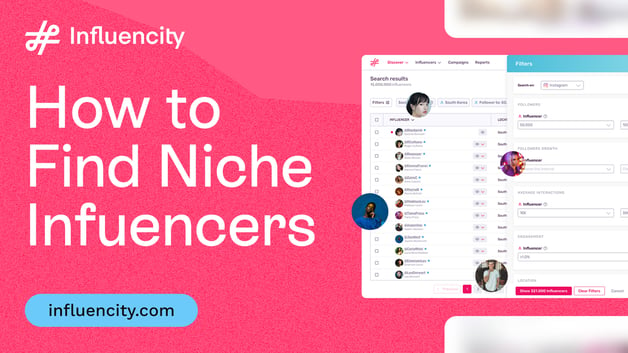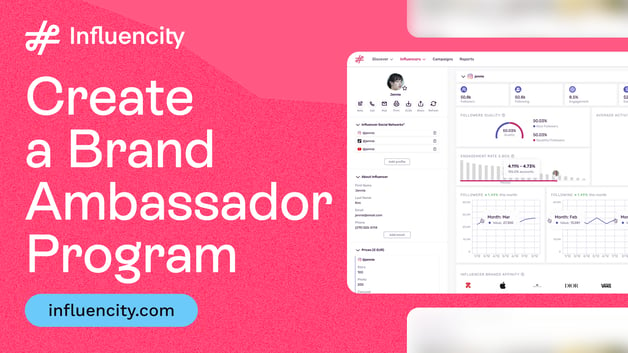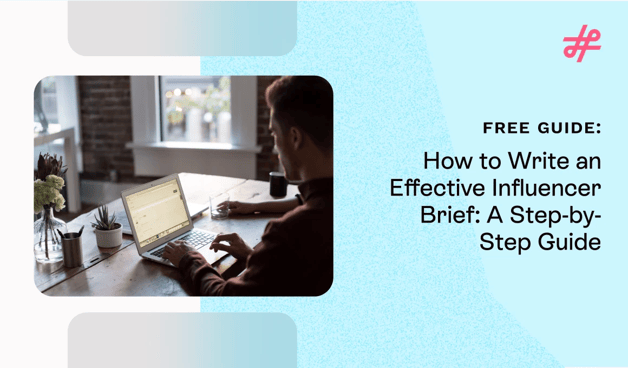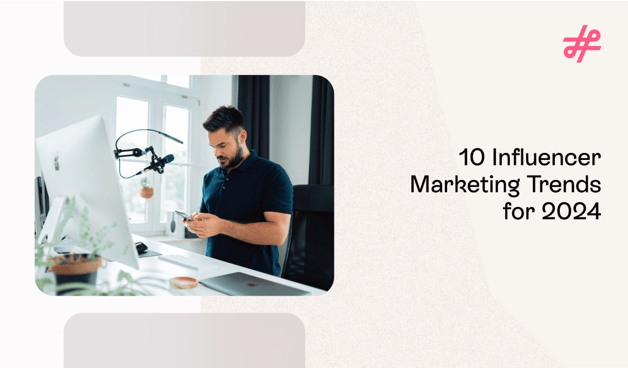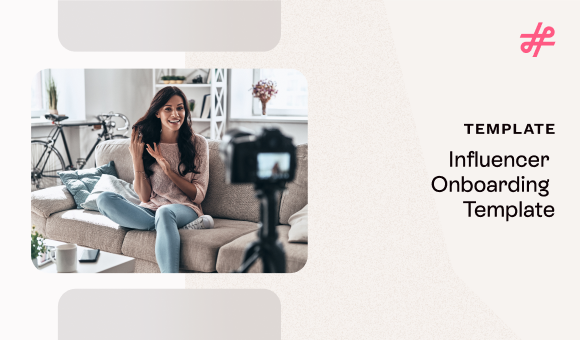Influencer Marketing
Tech, Trust, and TikTok? How Brands Like PayPal & PlayStation Are Powering B2B Influencer Marketing
Influencer Marketing
B2B buyers are on social media and they’re not just killing time. They’re following voices that help them work smarter, spot trends earlier, and make better calls for their team or business. That’s why influencer marketing is growing in importance for B2B brands.
But success doesn’t start with choosing the right platform. It starts with discovering the people your buyers already trust.
While B2B voices have traditionally been found on LinkedIn or email newsletters, they’re also building real traction on YouTube, TikTok, and Instagram, especially for tech products. Tech buyers want to see how something works, not just read about it.
A B2B influencer might be a developer explaining an SDK, a fintech analyst walking through trends, or a Notion expert sharing their dashboard setup.
When your product is complex, buyers need to trust that it will actually work for someone like them. And that trust often comes from a peer. Increasingly, companies like PayPal, Notion, and PlayStation are partnering with creators who can speak their customers’ language and have an audience of their ideal customers, whether that’s on YouTube, LinkedIn, or even TikTok.
Campaign Structures That Actually Work in B2B
The best B2B influencer campaigns do more than create awareness. They show how your product solves a real problem in a way that feels honest and specific.
Here are a few formats that work especially well for B2B influencer marketing:
Launch Week Demos
Partner with a creator to walk through how your tool works during a product or feature launch. These demos help buyers picture the tool in their own workflow. PlayStation did this with its Dev Talks, where creators showcased new SDK features hands-on.
Use-Case Series
First-person tutorials are gold. They’re practical and packed with value. This format works especially well for SaaS tools with flexible workflows, like CRM platforms, finance tools, or content planning software.
Product Seeding with a Purpose
Getting your product into the hands of the right people can be a campaign in itself, or an always-on engine for authentic content and relationship-building with creators.
PlayStation’s PS5 Development Hardware Loan Program is a great example. By giving dev kits to indie and mid-tier creators, they invited those voices to explore the SDK and share their experience. Sending your product to creators (with their permission but no expectations) can result in walkthroughs, tool breakdowns, and community buzz that feel more like discovery than promotion.
Notion did this well by building a full Creator Program and sending new features to trusted educators before broader launches. Their walkthroughs made Notion’s flexibility feel less overwhelming and more actionable, one use case at a time.
LinkedIn Drops
For B2B audiences, a LinkedIn post from a trusted voice can outperform paid ads. Use this format to announce a beta, a new integration, or a feature update. It feels organic and often gets more engagement than your company page ever could.
No matter the format, the goal is the same: make it useful, specific, and tied to how your buyer actually evaluates tools.
The Faces of B2B Influence
In B2B, influencers are not about follower counts or fame. It’s about trust.
Some of your most effective creators might be:
- Developer advocates on YouTube
- Notion or low-code builders with niche audiences
- Newsletter writers who moonlight as SaaS consultants
- Fintech or operations pros sharing tips on LinkedIn or TikTok
Sometimes, your best influencers are already on your payroll (employees) or in your CRM (customers). A sales engineer who shares quick how-tos videos on their favorite platform.
A customer success manager who runs live demos on YouTube. Or a longtime customer who posts TikToks walking through their setup. These voices already have credibility, and they’re often the easiest to activate.
The key isn’t just finding someone with a huge following. It’s finding someone your buyer already listens to. Someone who can make your product feel approachable, relevant, and worth exploring.
@devourpower We've partnered with @PayPal to show you guys how quickly and easily you can check out online — even at some of your favorite local spots.😄 ✔️Using PayPal Checkout, we can quickly and securely pay and be on our way! Even for a larger purchase — like a party platter for this weekend! ☀️From June 26th to July 30th 2025 DoorDash celebrates the Summer of DashPass! Get member-only offers at all your local and national favorites! Pay your own way with PayPal and DoorDash! #DEVOURPOWER #PayPalPartner ♬ BGM that can be used at fashion shows(1099523) - Kenta Shinohara
Where to Find B2B Influencers
In B2B, you don’t need a massive budget to find the right voices. You just need to find people who already speak to your buyers.
Start with your customers
Find out if any of your customers are already posting about your product, sharing how they use it, or answering questions in industry forums. These creators already understand your value. Even if their audience is small, it’s often made up of exactly the people you're trying to reach.
You can also ask your customers to help you understand who is influential to them. So, ask your best customers:
- Who do you follow in your field?
- Where do you go when evaluating new tools?
- What creators or newsletters help you make smarter decisions?
Look at your team

Sometimes your own employees are the best bridge to your buyers. A solutions engineer posting LinkedIn breakdowns. A marketer sharing real templates. These voices already understand your product and your audience. With the right support, they can become trusted creators in their own right.
Look for topical overlap, not just big reach
The most effective creators are those who are already creating content about the exact problems your product solves. If you're a security tool, find someone talking about risk management, not just generic tech reviews. If you're a SaaS platform for ops, look for people sharing automation tips, process workflows, or platform comparisons. Choosing creators based on the audience they already have is critical.
Tools like Influencity can help you go deeper here, showing you which creators your target audience follows, and what topics those creators cover.

Check your communities
Slack groups, Discord servers, and Reddit threads are packed with low-profile experts who have real influence. The hosts, moderators, and consistent contributors in those spaces are already shaping how people think.

Don’t forget podcasts and newsletters
These are often overlooked, but they’re powerful. Who’s writing the newsletter that lands in your buyer’s inbox every week? Who’s hosting the podcast they trust for strategic advice? These voices carry weight and can be great partners for both sponsored content and organic collaboration.
Finding the right voices is just the start. Influencity helps you take it from there. Use the platform to search for creators based on platform, niche, audience size, and engagement rate—whether they’re on YouTube, TikTok, Instagram, or LinkedIn. Then manage the entire process in one place, from outreach to content tracking to performance reporting.
Pro Tip:
Here’s a fun exercise to find creators who are already talking about your brand:
- Use manual platform search (Instagram, TikTok, YouTube, Twitter) or a listening tool to find posts mentioning your brand.
- Plug those creators into Influencity to assess audience fit, performance metrics, and potential partnership value.
Measurement That Goes Beyond Clicks
In B2B, success is getting the right people to take the next step.
It’s not about how many people you reach. But rather, how you can help the right ones advance a buying decision. That could mean:
- An increase in demo requests
- More trial sign-ups from qualified leads
- Internal buy-in from stakeholders who saw the walkthrough
- An uptick in API usage or onboarding completion
- More deals attributed to a specific partner’s UTM
The best influencer content speaks directly to how your buyer evaluates tools. If your audience is focused on security, integrations, ease of use, or ROI, those themes need to come through in the content, and your tracking should reflect that too.
This is where having the right influencer software platform makes a big difference. Influencity helps you go beyond surface-level metrics and track what really matters. You can:

- Assign custom UTM links to each creator
- Monitor which content leads to qualified actions
- Map results back to pipeline impact
- Generate reports that speak your CRO’s language
Instead of guessing what’s working, you’ll know which creators are actually influencing decisions and what kind of content moves deals forward.
B2B Influencer Marketing Mini Case Studies
No need to reinvent the wheel. Here are a few brands already proving that influencer marketing works in B2B, especially when the content is specific, useful, and built around trust.
PayPal
To reach small business owners, PayPal partnered with SMB-focused creators on TikTok and YouTube. The content broke down how to use PayPal tools for invoicing, crypto payments, and customer transactions, meeting users where they already go to learn. It wasn’t flashy. It was helpful.
PlayStation
PlayStation leaned into developer influencers to promote its SDKs and APIs. These weren’t just product announcements. They were walkthroughs created by devs, for devs generating technical credibility and organic buzz among indie studios and mid-tier developers.
Notion
Notion’s gave early access and support to educators and workflow experts across YouTube and Instagram. The result was a steady stream of tutorials and use-case content that helped buyers understand exactly how Notion could fit into their process.
Monday.com
Monday activated influencers on LinkedIn and YouTube who spoke directly to roles like project managers, marketers, and creative teams. The content focused on real workflows, not brand messaging, which made it more shareable and believable.
Each of these brands focused less on polished ads and more on trusted voices showing how the product works in real life.
Pro Tips for B2B Campaign Success
Once you’ve found the right creators, how you work with them makes all the difference. Here’s what sets strong B2B campaigns apart:
Treat creators like partners, not ad space
The best results come when creators feel like collaborators. Share your goals, involve them in the concept, and give them real context, not just a tagline or product sheet. If they understand your product’s value, they’ll explain it better than a script ever could.
Offer something meaningful
That could be early access to a new feature, revenue share, a behind-the-scenes tour, or a tool to make content creation easier. B2B creators often care more about usefulness and credibility than one-off payments.
Prioritize storytelling over specs
A first-person walkthrough or “how I use this in my day-to-day” is far more compelling than a feature list. Buyers want to know how your product fits into real workflows, not just what it can do.
Match your landing page to the channel
Don’t lose the momentum after the click. If a buyer comes from TikTok or YouTube, they’re expecting a fast, visual, and easy-to-navigate experience, not a gated white paper or an eight-question form.
Here’s what works:
- A short video demo, ideally from the same creator
- A bold, specific headline like “As seen in [@creator]’s video”
- A one-click trial CTA with no credit card required
- UTM tracking that links back to the campaign and creator
Make the post-click experience feel like a natural continuation of the content they just watched. If the tone, visuals, and voice stay consistent, your conversion rate will thank you.
Final Takeaway
B2B influencer marketing is a trust engine. And trust is what moves deals forward.
Whether you’re partnering with a newsletter writer, a YouTube educator, or a TikTok creator showing off their workflow, the goal is the same: help your buyer see how your product fits into their world.
It’s not about flashy stunts. It’s about credible voices, practical content, and consistent value.
Influencity gives you the tools to make it all work.
From finding the right creators to tracking what actually drives pipeline, it’s built to support B2B teams that are ready to get more out of influencer marketing.
Tags:
B2B Influencer Marketing
Lynne Clement
Lynne Clement knows influencer marketing from every angle, having worked across agencies, brands, and platforms for nearly 20 years. Her insights come from marketing experience at Procter & Gamble, leading marketing strategy and execution at a top influencer agency, and working inside an influencer platform. During...






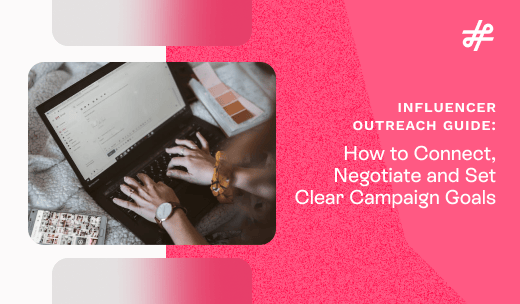
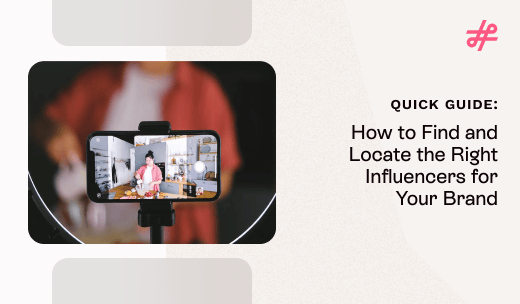



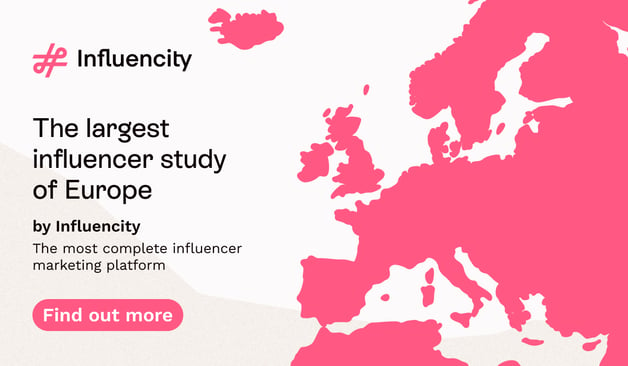

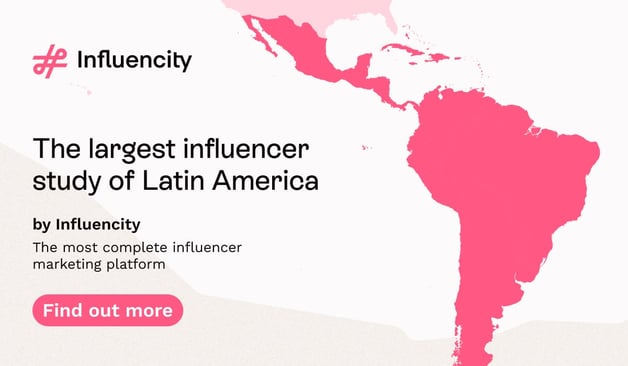


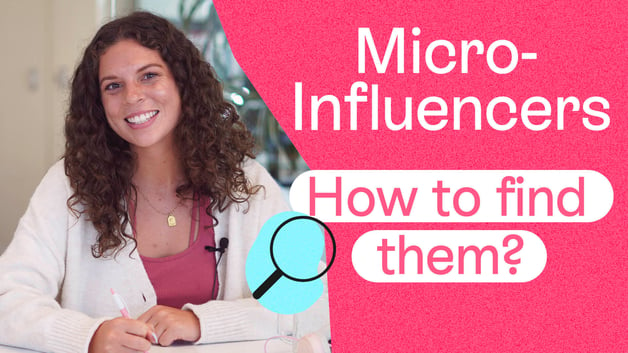


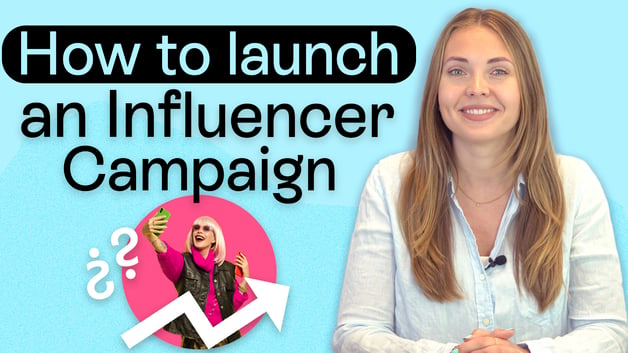

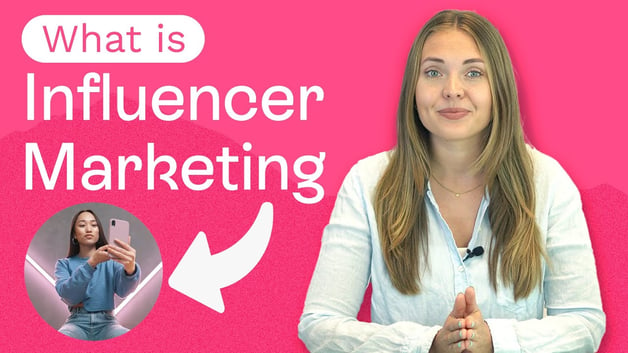

%20and%20How%20Can%20They%20Benefit%20Your%20Brand%20article.jpg?length=628&name=What%20Are%20Key%20Opinion%20Leaders%20(KOL)%20and%20How%20Can%20They%20Benefit%20Your%20Brand%20article.jpg)
